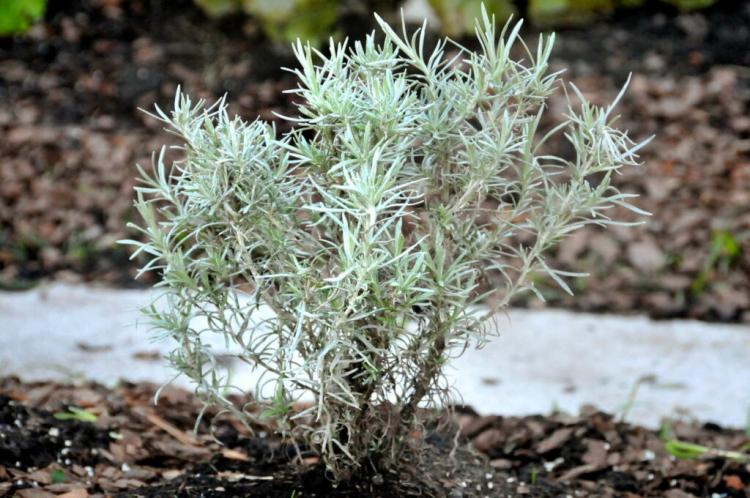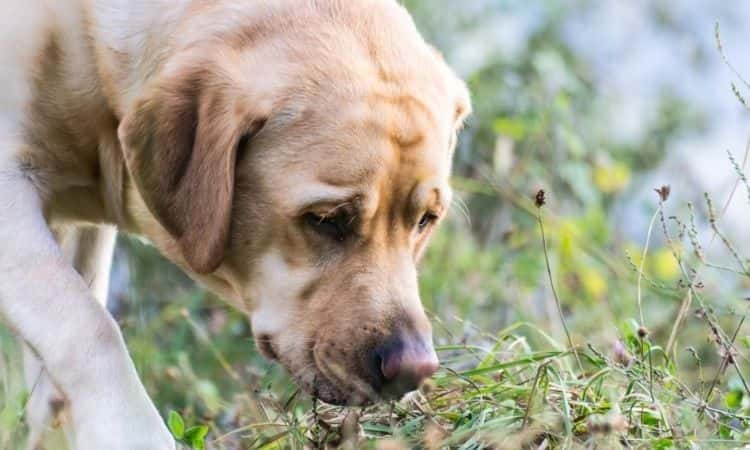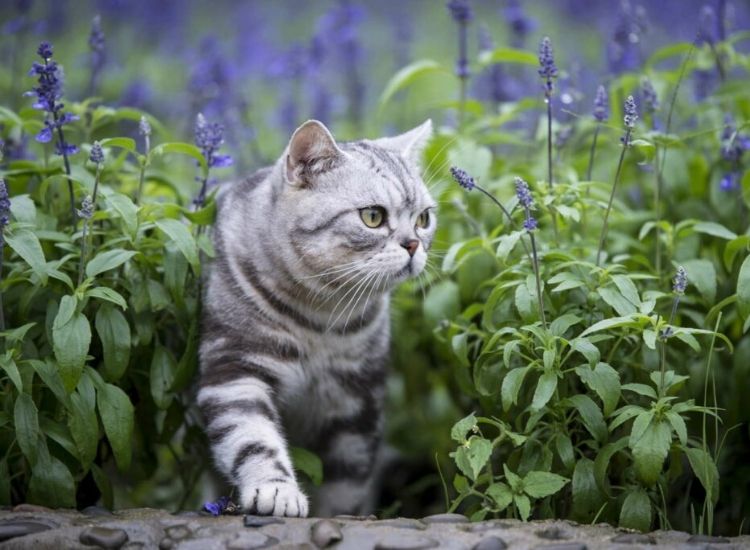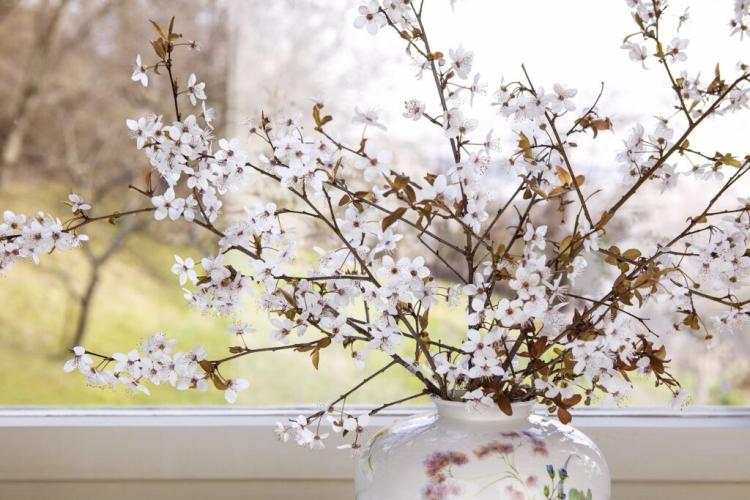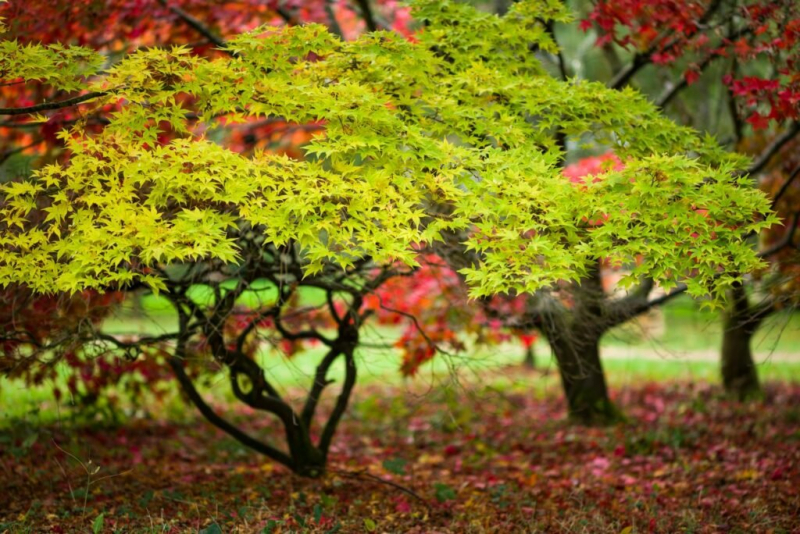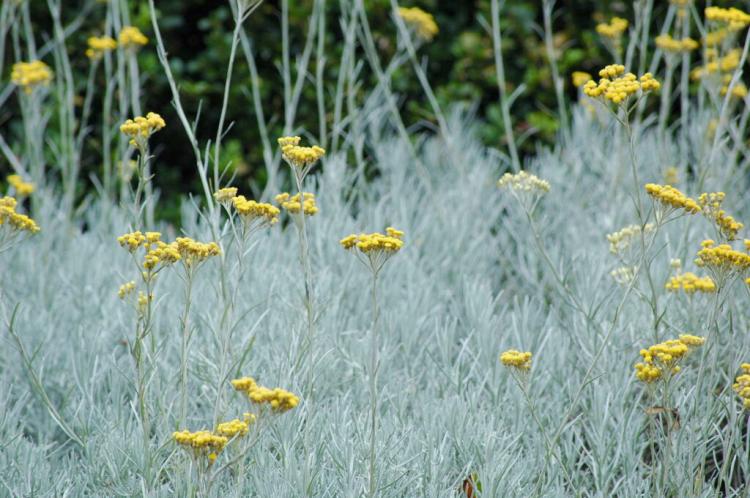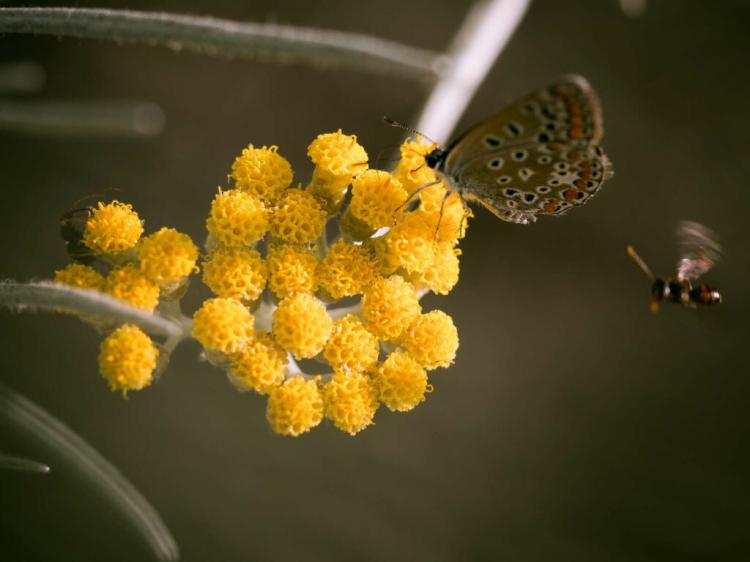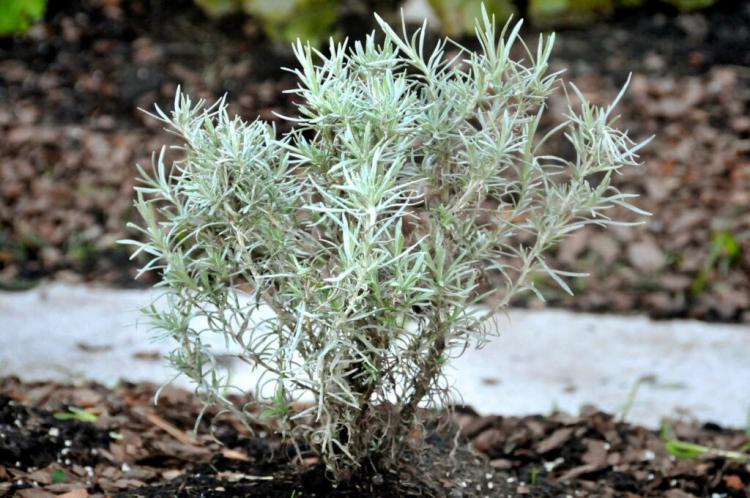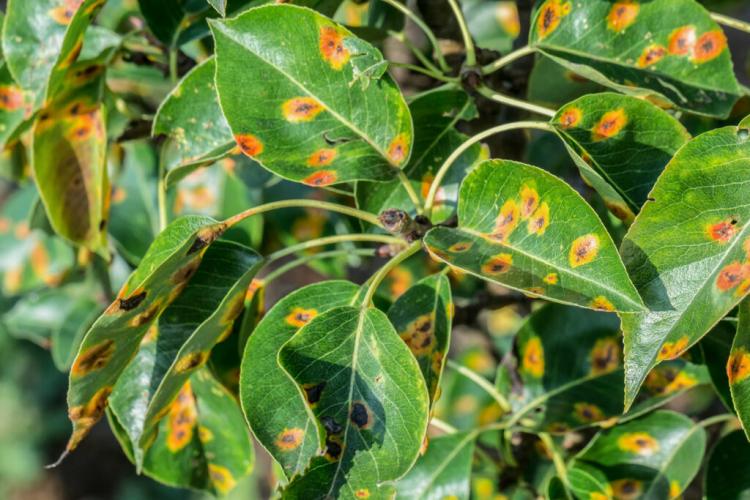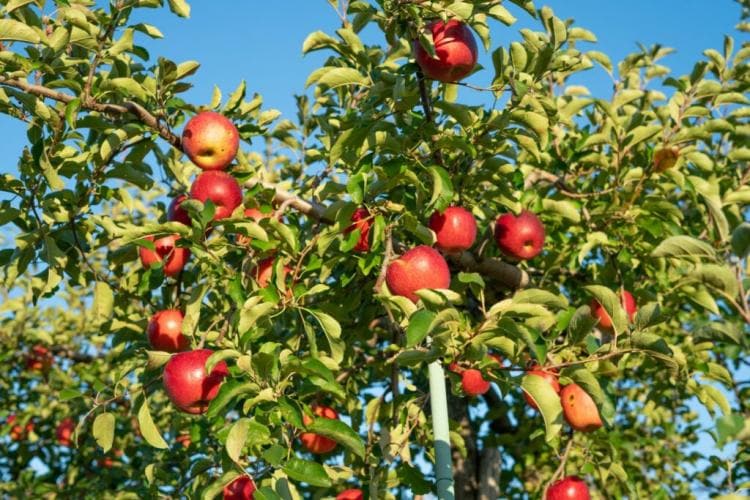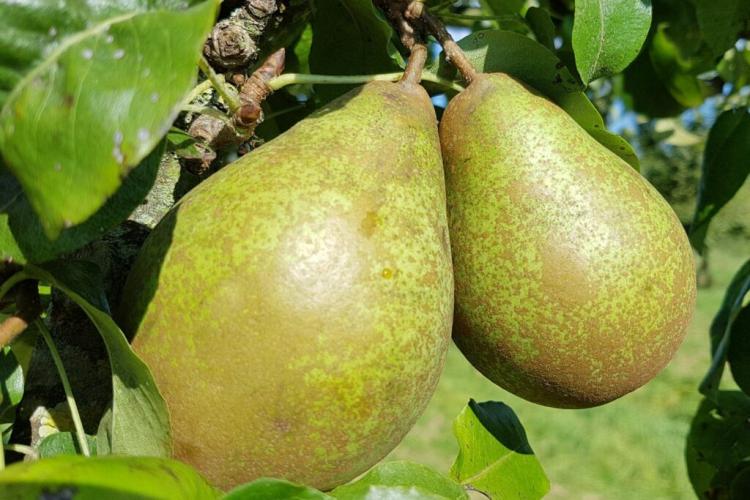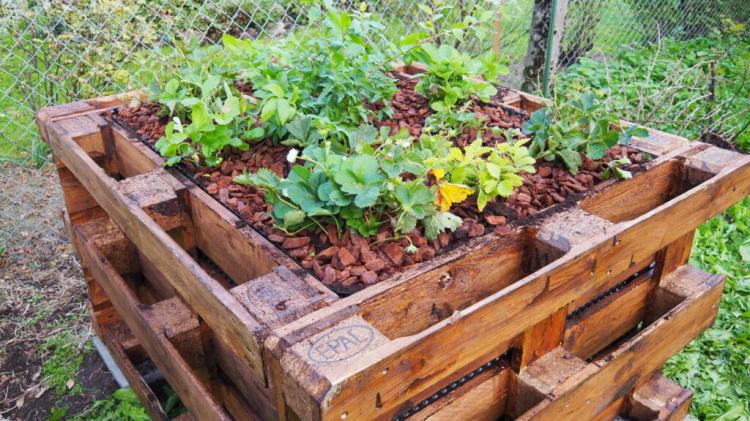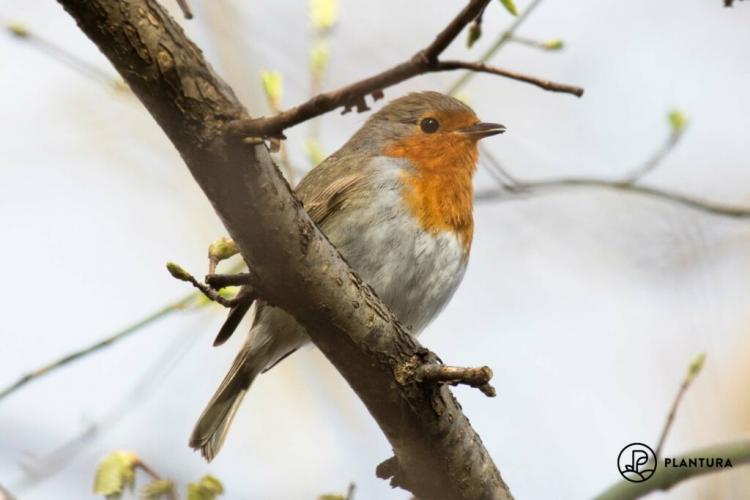Curry Herb: The Mediterranean Underdog
Curry herb is not very well known in this country. We have summarized everything you need to know about curry herbs.
The curry herb (Helichrysum italicum ) belongs to the daisy family ( Asteraceae ) and the name of this culinary herb says it all: Thanks to the essential oils, the needle-shaped leaves of the daisy family create a distinctive scent reminiscent of the famous curry powder and spice mixture. However, the curry herb itself is not included in the spice mixture of the same name.
The smell of the curry herb is particularly intense after a rain shower. The sunflower has its origins in the Mediterranean region. Its natural range extends from southern Europe, across the Bosporus to the north and west of Africa. Here in Central Europe, the perennial herb has not been known for too long. It has great ornamental value due to its silvery-gray leaves and the yellow flowers that adorn it from June to September. In addition to the flavor that the curry herb brings to the kitchen, it can also be useful as a medicinal herb. Here we show you how this easy-care herb grows best in your own garden!
Curry herb: cultivation in your own garden
Table of Contents
Location
Curry herb – also known as the Italian strawflower – likes it sunny. Therefore it prefers a sunny to full sun location. Its demands on the soil are very low. The herb grows without any problems on soils with a low proportion of humus – provided they have good water flow. Waterlogging should be avoided in the cultivation of the curry herb. If the soil in your own garden is too loamy and therefore too watery, you can help with the incorporation of sand. A permeable herbal soil such as our peat-free Plantura organic herb and sowing soil is excellently suited.
In principle, curry herbs can also be cultivated in pots. But you should choose the vessel large enough. The evergreen subshrub grows very bushy and reaches a height of up to 70 cm. Accordingly, it needs to be supplied with water and nutrients. This is usually easier, more pleasant, and more promising at the same time with a larger container volume when growing in a pot. Do you now want to plant curry herbs in your garden? Then take a look at our instructions for growing curry herb!
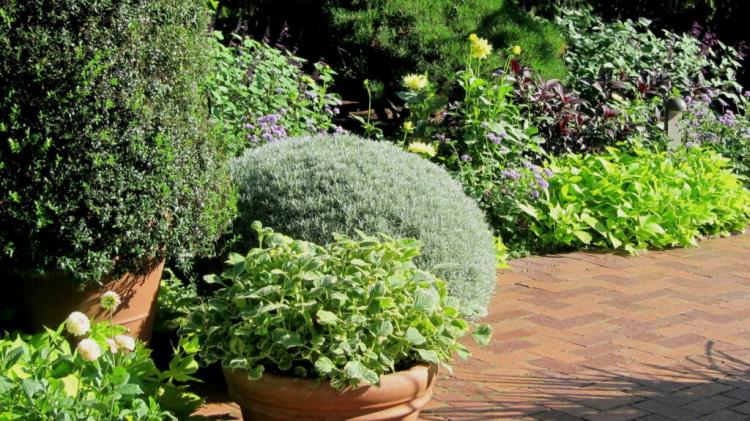
Multiply
In the trade, ready-made curry herbs are mostly offered. Occasionally, however, you can also find seeds to propagate the aromatic curry herb yourself. As with many Mediterranean herbs, it is also advisable for the curry herb to grow young plants in a warm place on a light window sill from mid-February. Conditions with lots of light and at least 18 ° C are ideal for the light germ.
It takes about 10 to 14 days for the first seedlings to become visible. However, the young plants should only be put in the bed after the ice saints in mid-May, as soon as there is no more threat of frost. In the meantime, the dainty seedlings are separated and pricked over – this ensures that the plants grow more vigorously and more beautifully. The Italian strawflower can also be propagated from cuttings in summer. The shoots used as cuttings must not have any flowers or flower buds. That would reduce the success of rooting. It takes about four weeks for the cuttings to take root.
Watering and fertilizing
Its Mediterranean roots are also reflected in the watering requirements of the curry herb. So it can survive long periods of drought with sparing watering. Particularly when growing in pots, however, care must be taken that the root ball of the herb does not become too dry. It should be watered especially on hot days – preferably in the morning or evening and preferably a little less watering a little more often than flooding half the garden with one watering. Waterlogging is also to be avoided in any case.
If the curry herb is only grown as an annual, it gets through the year very well without additional fertilizers. However, if the herb is to be overwintered, extra nutrients must be added. If the Italian everlasting flower finds a place in the bed again in the second year of cultivation after winter, it is advisable to work something primarily organic fertilizer into the soil when the planting bed is being prepared. In the pot culture, too, it is advisable to report the herb in spring and treat it with a load of fresh substrate mixed with organic universal fertilizer. That is completely sufficient for the sufficient supply of the curry herb.
You might so like: Grow Oregano Indoors: How To Gare Of The Mediterranean Herb In Your Garden
Care and overwinter
The curry herb is more or less hardy. But you should be on the safe side and bring the daisy family through the winter protected from frost. Potted plants are best placed in a frost-free but light place. A winter garden would be ideal. Specimens in the bed can simply be covered with rice, leaves, or fleece to protect them.
You can find more about the correct care under Caring for curry herbs: watering, cutting, hibernating.
Curry herb: species and subspecies
The variety of curry herb is practically non-existent. The herb is simply still too unknown so that it is not yet worthwhile for the breeders to take on the Italian strawflower in elaborate breeding work. However, Helichrysum italicum belongs to a genus with more than 600 species. In addition, six subspecies bring a little natural variation into the world of the curry herb.
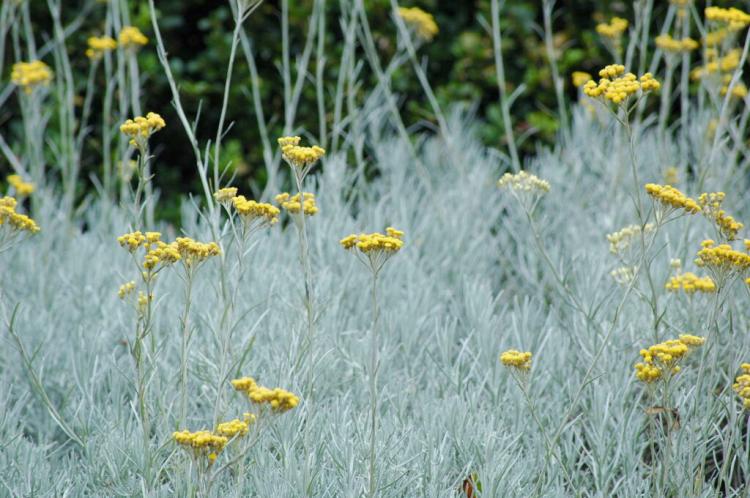
- Helichrysum italicum subsp. italicum: a common curry herb that can be found in the entire natural range.
- Helichrysum italicum subsp. microphyllum: Mircophyllum means small-leaved; accordingly a subspecies that is noticeable for its particularly small needle-shaped leaves.
- Helichrysum italicum subsp. serotinum: so-called dwarf curry shrub; Subspecies from which bonsai plants can be raised well.
The top three subspecies are well known and can be found in specialist shops – mostly as plants. The three subspecies Helichrysum italicum subsp. picardii, Helichrysum italicum subsp. pseudolitoreum and Helichrysum italicum subsp . siculum.
You might so like: 10 Tips For Growing Rhubarb
Curry herb: harvest and store properly
To harvest
The leaves of the curry herb, which contain high levels of essential oils, are of great interest. These are best harvested by cutting off entire shoots. This also replaces the topiary, because since the curry herb is a subshrub that lignifies in the lower part, it has to be cut regularly. This prevents the lignified part of the plant, in which there are no more aromatic leaves, from becoming too thick. To achieve the best yield in the intensity of the essential oils, one should be harvested before the energy-sapping flowering. For a cold relieving tea, however, the flowers of the Italian immortelle can also be of interest. These are then harvested before they dry out.
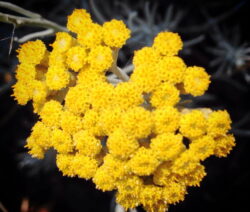
The flower is bright yellow in color
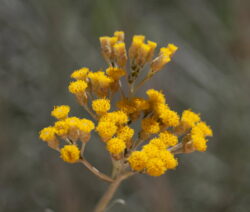
A soothing, cold-relieving tea can be made from the flower
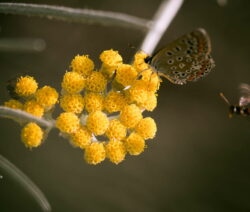
The bright yellow flower attracts all kinds of guests
To store
Of course, herbs are best used freshly harvested. But even in autumn and winter, you don’t want to do without the seasoning from your own garden. It is the same with the curry herb, which can be easily preserved in terms of taste and aroma.
- Drying curry herb: this method of preserving is not recommended. Too many essential oils are lost in the drying process.
- Freezing curry herb: Freezing the Italian strawflower is a great way to make it last longer. But the leaves should be frozen as a whole on the shoot and not chopped up beforehand.
- Pickling curry cabbage: Curry cabbage can also be soaked in oil and then gives off its taste to the oil. The whole branches are used here as well.
You might so like: Wild Thyme Plant: Planting And Cutting Of Thymus Serpyllum
Curry herb: ingredients and how to use it in the kitchen
The curry herb owes its name to the taste reminiscent of the curry powder. The herb itself is not part of the famous spice mixture of turmeric, coriander, cumin, and pepper. The herb is just as versatile in the kitchen for rice and pasta dishes or meat dishes with lamb or poultry. The needle-like leaves can be chopped into small pieces or cooked on the shoots. The whole shoots should be removed before consumption. If they are eaten, stomach problems can occur. When chopping the leaves, the disadvantage is that a bitter taste quickly asserts itself. That’s why you freeze all the shots and don’t chop them up beforehand.
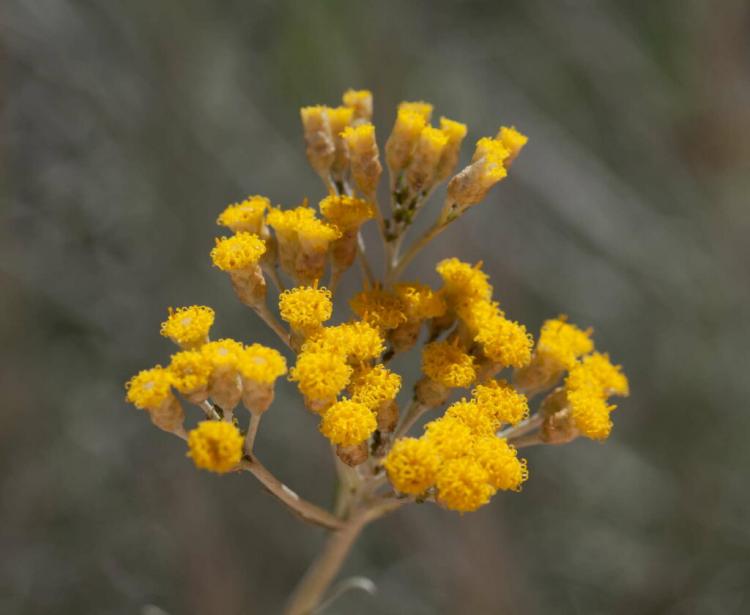
The ancient Greeks and Romans already knew about the healing power of the curry herb. And even today the Italian immortelle is still used for wound healing, as an antibacterial and anti-inflammatory agent, or for skin problems. For example, the flowers of the curry herb-infused as tea are beneficial for colds. Pure oil from the curry herb – so-called immortelle oil – can be obtained by distillation, which can be rubbed in for bruises and sprains. However, the oil must not be consumed under any circumstances, as this can lead to symptoms of poisoning. Otherwise, the curry herb can be used without hesitation and is also harmless for beloved four-legged friends such as cats, dogs, and guinea pigs.
